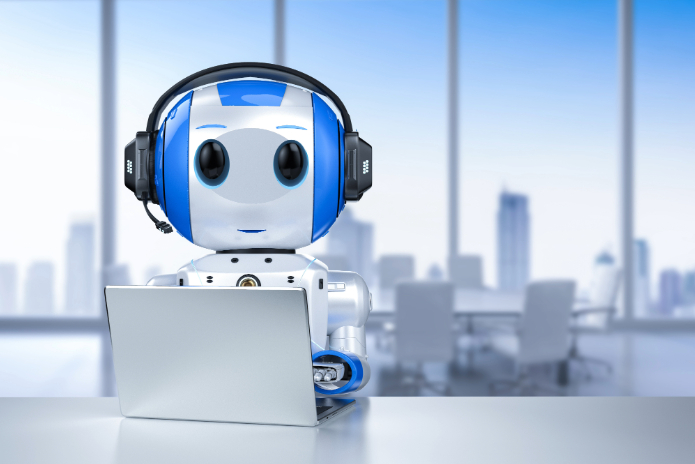The growing use of artificial intelligence in marketing is widening the performance gap between market leaders and companies where AI adoption and value capture remain quite limited, reveals an analysis by Bain & Company. Based on responses from 1,200 senior marketing executives worldwide, the study indicates that the technology drives an average revenue growth six times higher compared to competitors, while their average marketing spending is only 1.5 times greater.
“Effective use of AI has been essential for superior marketing performance in large companies leading its adoption,” concludes Lucas Brossi, partner and AI leader at Bain in South America. “Top professionals combine technical expertise with insights that enrich human storytelling, which has translated into market gains. These leaders enhance primary data and use predictive analytics to better anticipate consumer needs. They also continuously experiment with formats, making AI a key element of their success,” he adds.
This AI-driven leadership scenario points to a conceptual break from the traditional “4 Cs” of marketing: Customer, Cost, Convenience, and Communication. With the strategic incorporation of AI, Bain mapped the performance drivers leveraged by leading companies and proposes a new way of thinking about marketing, based on four new pillars that reflect current demands for agility, personalization, and scale:
Comprehensive AI – leading companies are 10 times more likely to consider AI and machine learning as essential capabilities, which correlates with more than double the average sales growth. These companies are also six times more likely to have 25 or more AI use cases in production. Marketing leaders are also expanding their use of generative AI in go-to-market functions, from customer experience to media buying, from campaign optimization to creative testing.
Consumer obsession – market leaders are four times more likely to enrich their primary data with third-party data and, by applying this information, achieve more than double the average sales growth compared to lagging companies. They also use AI as a tool to perform this data enrichment.
Continuous experimentation – top-performing companies are eight times more likely to conduct 100 or more marketing experiments per month, and leaders are twice as likely to scale learnings from these tests across the entire organization. As AI reduces the marginal cost of content creation, marketing teams with existing processes, talent, and testing and scaling mechanisms have been able to experiment—and achieve results—with much greater agility.
Market prominence – leaders also stand out by balancing well-planned brand actions with modern, automated marketing technologies, the report points out. Top-performing organizations are eight times more likely to use customizable AI technology for different use cases and business objectives. These companies are also 2.5 times more likely to have mature marketing technology architectures in four areas: (1) data collection and enrichment; (2) measurement; (3) automation; and (4) workflow management.
More than just updating concepts, this transition signals a new paradigm for marketing leadership, where technology, data, and creativity work in an integrated way to drive sustainable growth and competitive differentiation.


